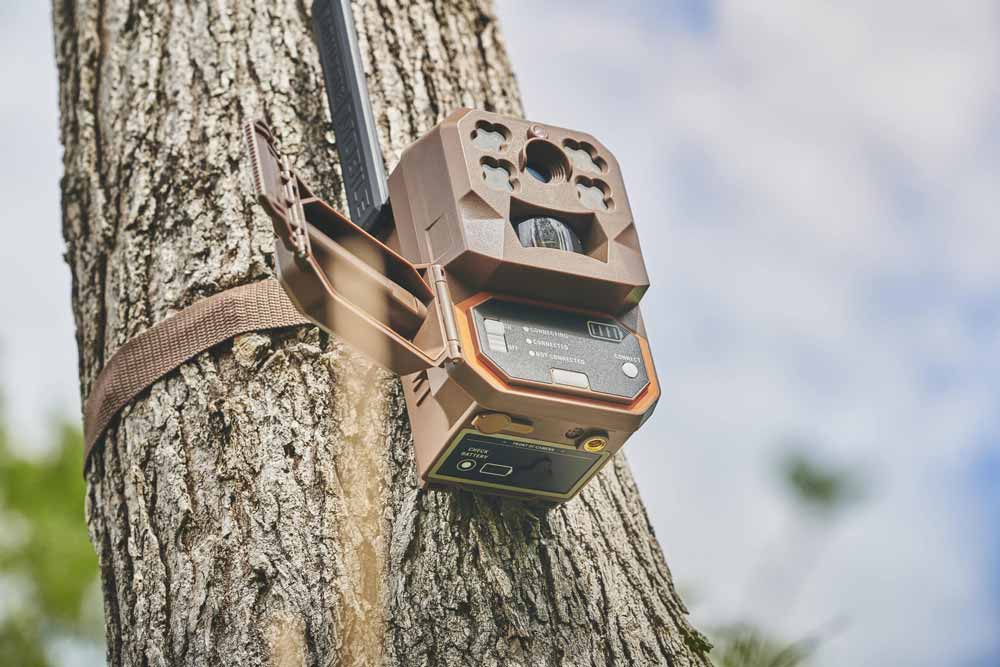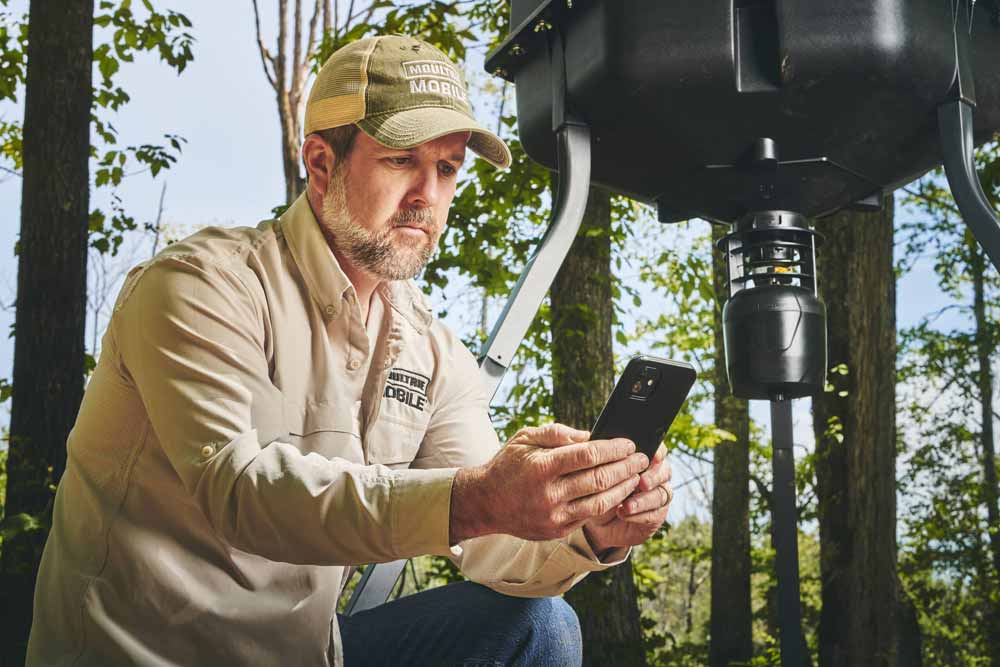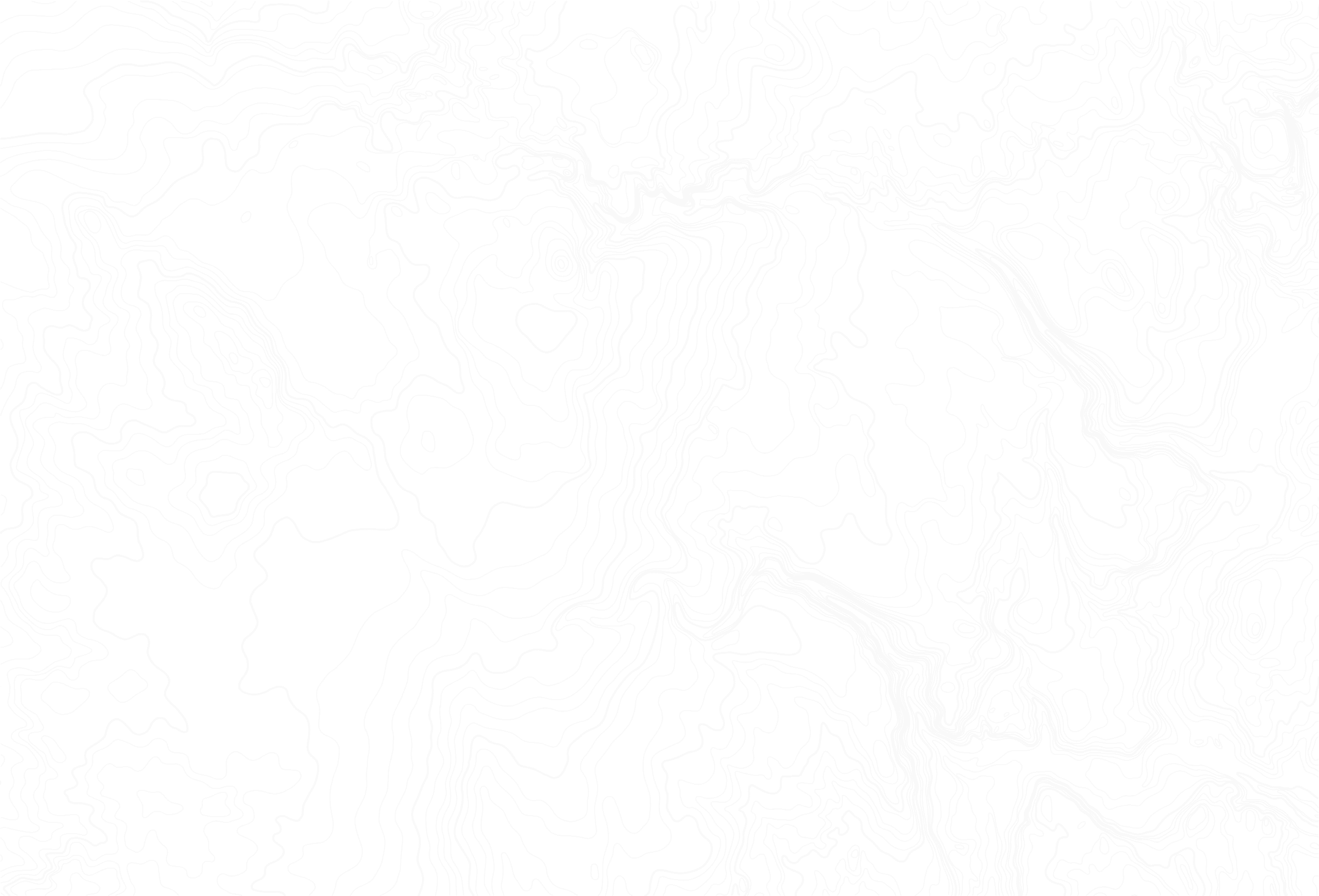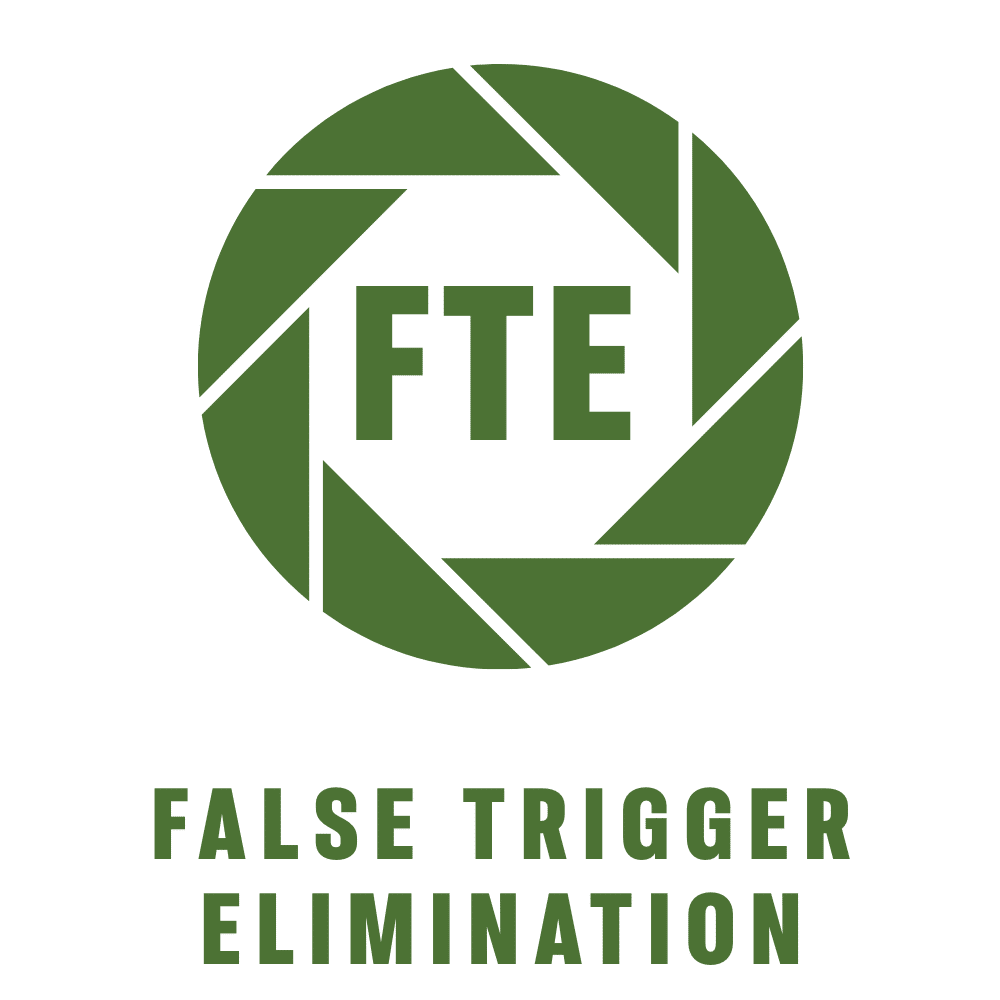How to Use Your Feeder and Cellular Trail Camera Together
Getting the best cellular trail camera pictures at a deer feeder is not difficult, but it does take some planning. Throwing up a deer feeder and cellular camera isn’t rocket science. You can do both and walk away and see what happens. Or you can think about the best game camera images with the proper setup and sit at home watching the results.
Remote deer feeder management isn’t just a nifty catchphrase. Many hunters own, lease, or have permission to be on land that may be hours from home. That’s why planning is so essential for remote feeder management. One of the best ways to do this is with your phone. Apps to manage deer feeders and trail camera apps — working together — can provide outstanding videos, photos, and the ability to change settings from anywhere.
Placing the Cellular Trail Camera
After determining the best place for your deer feeder and getting it situated, your camera setup is the next step. First, let’s quickly look at some things to do with your feeder.
If you’re using a Spincast Feeder, arguably the most popular among hunters, you want to ensure your food flows easily through the hopper into the spinner. You’ll want to check the timer and determine how far the spinner will cast the grain. When I set up a Spincast Feeder, I use a weedeater and a leaf blower to clear the ground of vegetation and debris. This makes it easier for the deer, turkeys, and wildlife to find the grains. It also helps with camera images to give a clear forest floor so I can see what’s going on.
 Feeders are not automatic dinner bells in all situations. Some may be ignored. Some may be visited infrequently until deer are accustomed to the goodies. And others, if you’ve been feeding or have mineral sites in the area with a good population of deer, may be hit hard, fast, and often. I’ve seen feeders go off, and deer rush in like bluegills around a pond feeder. Other times, perhaps a few deer trotted in, fed for a few moments, and left.
Feeders are not automatic dinner bells in all situations. Some may be ignored. Some may be visited infrequently until deer are accustomed to the goodies. And others, if you’ve been feeding or have mineral sites in the area with a good population of deer, may be hit hard, fast, and often. I’ve seen feeders go off, and deer rush in like bluegills around a pond feeder. Other times, perhaps a few deer trotted in, fed for a few moments, and left.
Putting the feeder in an area where deer feel comfortable visiting and possibly near travel routes is essential. Placing a feeder in an open field likely will result in few, if any, visits. Putting one in the woods or on field edges where you’ve seen deer is a good possibility. Another site is near fence crossings.
Travel routes through the woods also are good sites. One area where I hunt has a smaller strip of hardwoods connecting two large blocks. Deer travel through there – I’ve gotten some good images of nice bucks and other wildlife in this travel corridor. Another good camera spot to get images of big bucks is overgrown fencerows between pastures or agriculture fields. These fencerows may have mature trees and be wide enough for bucks to use for travel or bedding. If a fencerow like this is wide enough, a feeder within or near it could be a hotspot.
Benefits of Using Trail Cameras and Deer Feeders Together
Combining these two great hunting tools makes sense, but you want to maximize the chance of getting images and video.
Game cameras have better sensors and improved low, medium, and high-resolution settings. The latter can give the best images or video, but it may come with a hit on battery life. Using solar power for your cameras is a great way to eliminate having to buy and replace batteries. Whatever you do, be sure to place your cameras where they do not face east or west. Sunlight blasts from the rising or setting sun can obscure images or give false readings. This is an easy issue to avoid. Know your north-south directions and hang cameras accordingly.
Another thing for the best game camera images is to know the distance your Spincast Feeder flings food. For example, if it is 12 feet from the spinner, you wouldn’t want the camera on a tree within that zone. You’ll want to know the outer edge and place cameras away to capture the best footage. If you don’t have a good tree for the camera, use a metal T-post or maybe a 4x4x8 post buried a foot into the ground.

The benefit of using a game camera and deer feeder is simple: you’re getting images of bucks, does, and other wildlife while providing supplemental nutritional support. Does use mineral sites and extra food for reproductive health while pregnant. Bucks use them to maintain body weight and put the minerals and other food into antler growth if ample nutrition is available elsewhere. If nothing else, a feeder and camera can give you a better glimpse into what’s in the area.
If you have other game animals, such as turkeys or quail, you can also keep an eye on those. Both will take advantage of the free grain from a feeder. A few years ago in Oklahoma, I watched a big covey of fat, wild quail flitter around a feeder enjoying the grain. Feral pigs, a scourge in many states, also can be identified and monitored. They’re terrible around feeders, hoovering up everything and running off other game animals. Keeping tabs on pigs to trap or hunt them is a big plus with game cameras.
Remote Camera Management
My experiences with using game cameras came just within the last ten years or so. For whatever reason, I never got interested in them until I got a couple and found how awesome they could be. One of my old properties was hilly hardwoods with well-established trails where deer regularly flummoxed me. After hanging cameras in four or five areas, I learned more about what was happening and had better hunting experiences.
Today’s cellular trail cameras and phone apps for cameras and feeders make remote management much more accessible. In the “olden days” of a decade ago, I’d take SD cards (and, sometimes, batteries) to quickly switch when I was going in for a hunt. Now, those days are over. With my apps, I can change the settings for my cameras, including turning on or off certain blocks to avoid false triggers. With the new Feed Hub system for game feeders, it’s easy to change settings and see the exact level of food in the feeder. No more guessing. The same can be done for fish feeders on ponds and lakes. Pond management can be just as fun and intense as that for deer; the Feed Hub works with different feeders, giving you immediate feedback and control. Add a camera to the feeder (use that T-post or 4×4 setup) to see fish exploding on the food and whether you might need to trap any varmints trying to get into the feeder.
You’ll discover myriad benefits of combining game cameras and wildlife feeders. They’re simple to use, have top features for settings and control, and can give you more insight into the wildlife on your property.


Featured
Juicy homemade jalapeno cheddar brats are perfect for grilling all summer long. They’re packed with all the right seasonings and fresh ingredients, making them extra tasty.

Featured
MeatEater and Moultrie Mobile join teams to bring hunters closer to nature.

Featured
These wild turkey skewers are tender and smothered in a homemade teriyaki glaze. Wild turkey sometimes gets a bad reputation for being a tough meat but when prepared properly using the steps in this recipe, the results are amazing.



